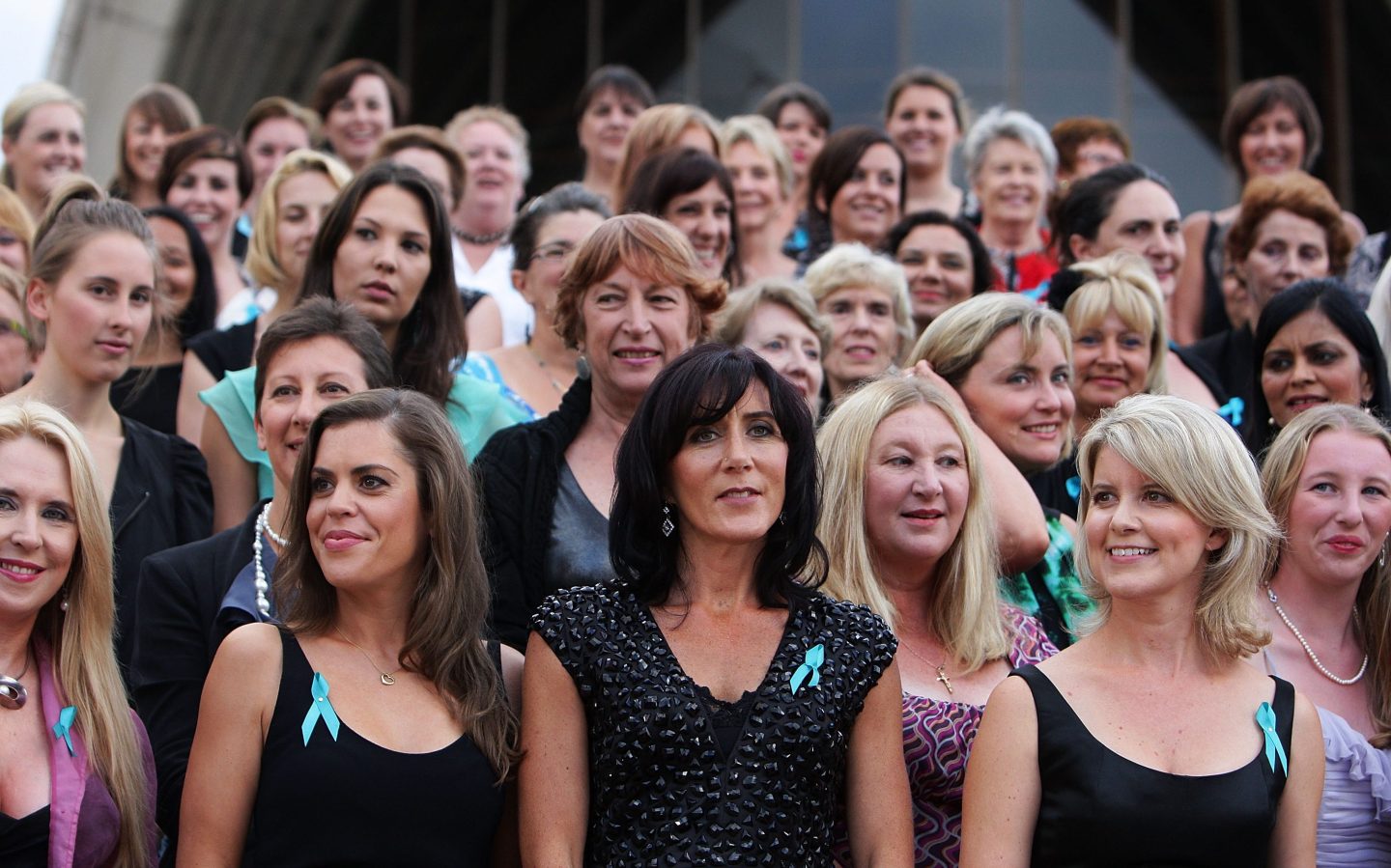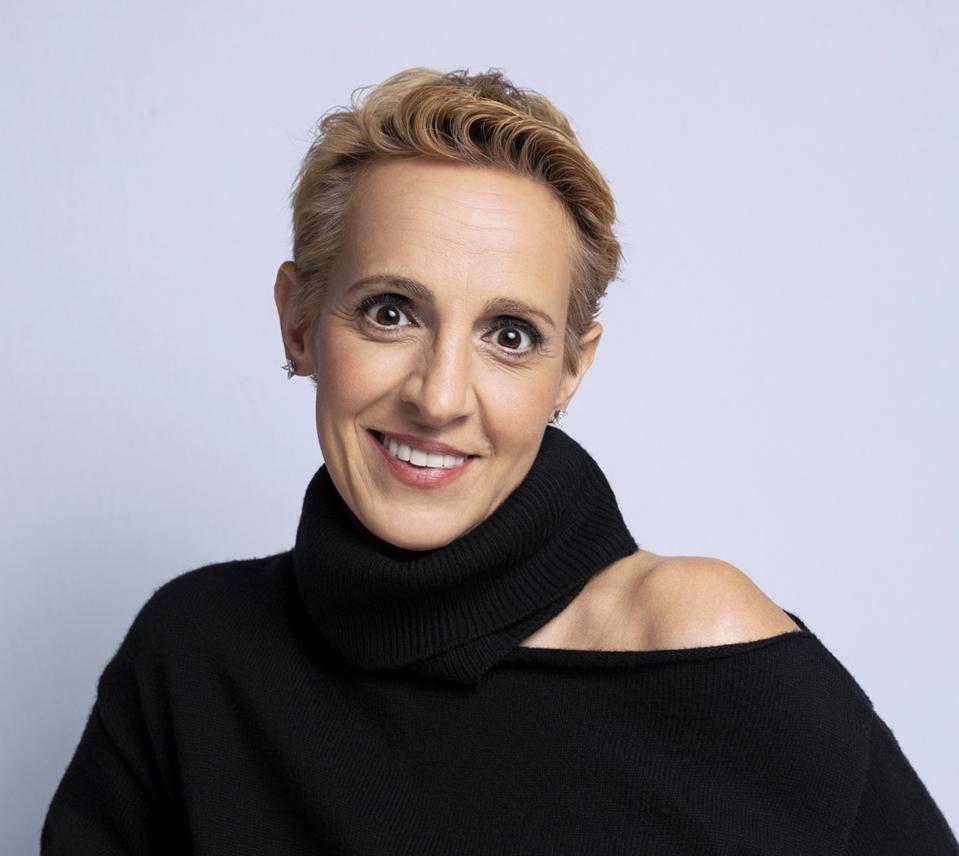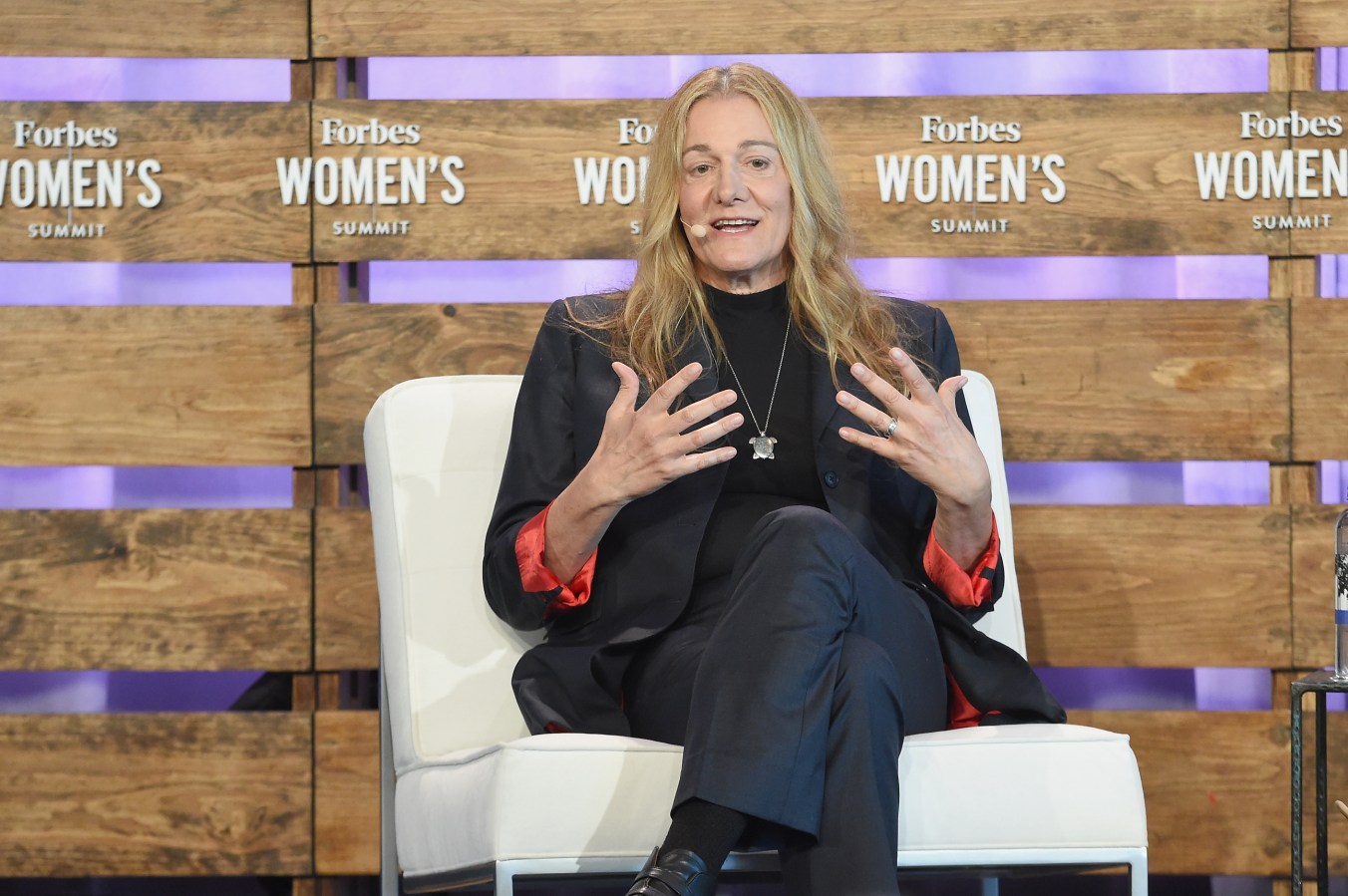Inventing a cancer-busting molecule opened the door for PM’s prize-winning scientist Andrew Wilks’ next career as an entrepreneur and venture capitalist making killer returns.
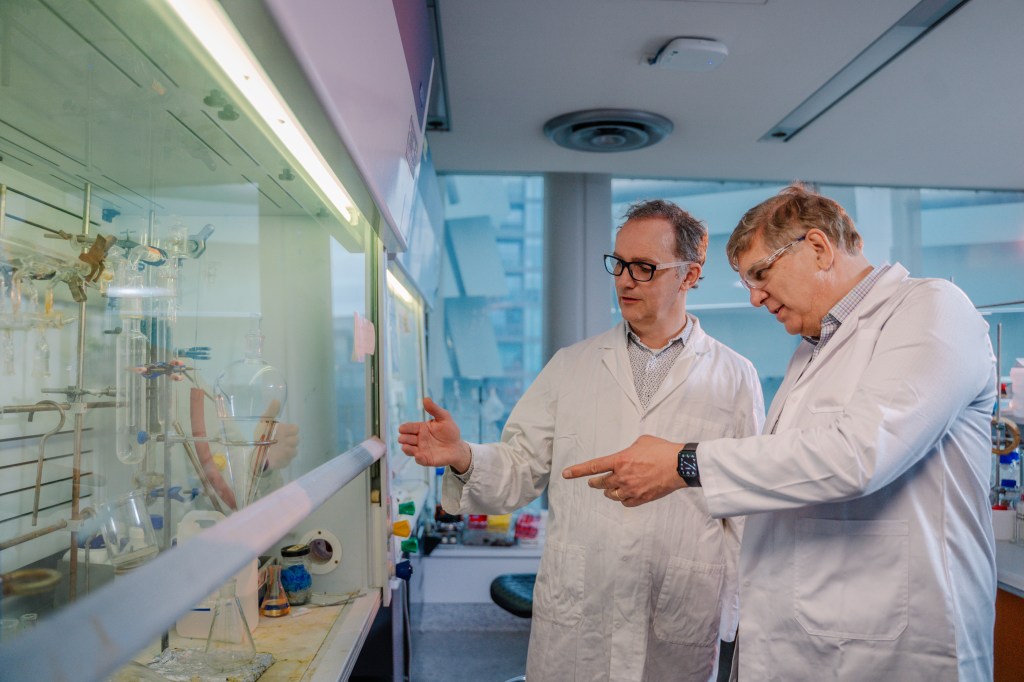
Professor Andrew Wilks would have loved to have still had skin in the momelotinib game. He might have got nothing when GSK bought the cancer-fighting molecule – which gets its name from “molecule Melbourne” – for $2.8 billion in 2023, but it has been good to him, nevertheless. After a quarter century momelotinib was approved by the US FDA as a bone-marrow cancer treatment last year and is already saving lives.
Selling the IP for it in 2008 in a GFC firesale allowed Wilks to start investing in more science. And last week momelotinib won him the Prime Minister’s Prize for Innovation in Science – and that’s helping bring investors through the door in his attempt to raise $75 million for his venture fund, SYNthesis BioVentures.
Ever since he left the Ludwig Institute for Cancer Research in 1997, Andrew Wilks has been working on backing Australian medical technology in the hope that today’s scientists might find it easier to capitalize on their research than he did.
SYNthesis BioVenture has backing from about 20 investors, cornerstoned by three family offices: Perth’s Rhodes family who made their money in iron ore alongside the Wrights and Hancocks; Toorak’s Roche family, whose fortune came from property and mining; and Tayside, the investment vehicle of PFD Food Services’ Richard Smith and his family.
“These high-net-worth families, they’re good people,” says Wilks. “They want to make a lot of money, but they’re also very mindful of impact investment. And there’s nothing more impactful than trying to cure cancer or Alzheimer’s, which is what we’re trying to do.”
Wilks and his scientist wife have also put in north of $5 million.
He says that since the GFC, SYNthesis in its various corporate forms has averaged about 50% returns a year for investors.
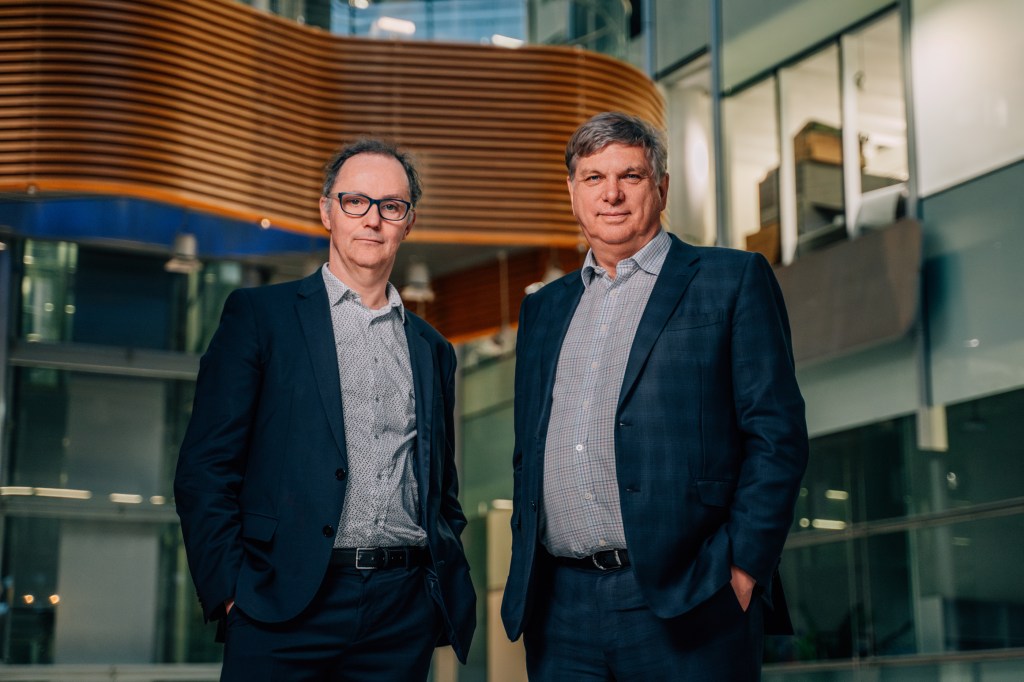
But it all began when he and Dr Chris Burns invented a “JAK inhibitor” – JAK being crucial in cell signalling. They could see clear uses for their molecule in cancer and auto-immune conditions. “I had some epiphany or midlife crisis in the mid-to-late 90s and decided that there was more I could do with all of these new discoveries. I figured it’d be a good idea to start a biotech company.”
Such get up and go was unusual in that era and the Ludwig said he’d have to get up and go from the esteemed institution. “It was unheard of. I was widely considered to be a lunatic. This [a job at the Ludwig] was the best academic opportunity in Australia. It really was. ‘Nobody leaves the Ludwig Institute unless it’s in a box’, was the mantra, but I genuinely thought that not doing this was the wrong thing to do.”
His hunch about JAKs’ potential was right. The Business Research Company says the JAK inhibitor market had grown from zero in the 1990s to US$17.29 billion in 2023, predicting it would grow to US$40 billion by 2028.
The GFC, however, proved too tough for his little ASX-listed company, Cytopia, to get its molecule into clinical trials. He sold the asset that went through two more companies before it would eventually sell for US$1.9 billion to GSK. [Momelotinib is now marketed as Ojjaara in the US, and will be sold as Omjara in Australia if/when it receives approval.]
Wilks started two new companies “out of the embers of the GFC”. SYNthesis Medchem was a “cash cow”, making small molecules out of two labs in China to sell to labs around the world. And SYNthesis Research, a “venture-discovery” company that funded and managed drug discovery collaborations with academia.
“Part of that is the scientists having more cojones, if you like, to spin out and head down that direction.”
Andrew Wilks
“That was a much better business model, from my point of view, than what we had at Cytopia. Cytopia took the patents, and it was all red ink. Every dollar we spent was in progress of this asset, and the ASX is quite a windy place when you’re in the lower echelon of pre-money valuation. It’s a tough existence.”
Since then Wilks has done four big pharma deals, he says, but their dollar value is hard to pin down. “They’re often $20 or $30 million up front with more payments as the drugs hit milestones.
“So when the full deal is delivered, they often are hundreds of millions of dollars of value.
“One is currently with Pfizer. It’s an epigenetic inhibitor or modulator, and that protein was actually discovered at the Walter and Eliza Hall Institute here in Melbourne, within the Cancer Therapeutic CRC [Co-operative Research Centre] in which we were the biggest investor, the actual commercial investor, so we got a big piece of the pie that came from that.” It came to a 61% annual return, he says, pointing out that this was under the old corporate structure, not the current fund structure.
“Then there was another one which is also in that epigenetic modulator space that went to Merck. And we licensed that back, and we’re going to put it into the clinic ourselves now. Another one was with Novartis in the early days from [his earlier ASX-listed] Cytopia, and then there was one more which was with [French pharma] Servier Laboratories.

“These are $20 million up front, then delayed milestone payments as they go through certain value accretion points. You add all that up, all the ‘BioBucks’, this is $5 billion worth of stuff [including the GSK deal], but you really have to discount that because not all of them go through to fruition.”
They sold the cash-flow business weeks before China shut down with COVID-19 in early 2020. “So we’re geniuses! It couldn’t have been better timing. That’s another $150 million of value that we created [a 66% annual return, he says]. And almost everyone who had been a shareholder decided they wanted to become a limited partner in the fund.”
In 2022, he pivoted the company structure towards a venture fund model, forming SYNthesis BioVentures to utilise the tax benefits of Early Stage Venture Capital Limited Partnerships [ESVCLP]. “ESVLPs are a government approved – I won’t use the words ‘tax dodge’ with journalists – but it’s a way to mitigate your taxation, because you get 10% off your tax on the way in, and it’s completely tax free on the other side.
“I have a team of medicinal chemists and biologists and ops people. The hardest thing to do is to get an academic to do a Gantt chart [a project plan that lists tasks and milestones on the vertical axis with time plotted on the horizontal axis], for example, or a proper budget.
“We put all those bells and whistles in to make sure the companies run properly and are managed properly. We put the skills in on top to drive the scientific process, then we rely on the academic to bring the brilliance in their particular niche of biology. That’s our business model.”
Winning the Prime Minister’s Prize has opened doors to new investors, Wilks says, and he expects to close the fund at $75 million early next year.
Wilks takes it as a point of pride that he’s been able to do four big deals with big pharma, selling IP before Phase-3 trial stage, “but it feels a little abject now … Why can’t we at some point be knocking on the door of the $2-billion, $3-billion, $4-billion transaction when a molecule is approved by the FDA? That feels like the next step.”
He says that while Melbourne’s Parkville precinct is on par with another of the world’s biosciences hotspots, San Diego, in terms of scientific output, it lags far behind in commercialising that research.
“Part of that is the scientists having more cojones, if you like, to spin out and head down that direction. But they also have better access to capital, which is what we’re trying to fix, building an ecosystem where there are five funds like us who can work together to start these new companies and build a pipeline. Then look to the bigger VCs that can cut the big cheque and really take things forward. That’s the dream.”
Andrew Wilks’ latest plays
- Aculeus Therapeutics is a Melbourne-based biotech company that spun out of the Peter McCallum Cancer Centre, currently raising capital to cure paediatric cancers. It is planning to start clinical trials in March next year, having raised more than $30 million, including $3.5 million from SYNthesis BioVentures and approximately $10 million more from SYNthesis Group shareholders. It is expected to list on the ASX in 12 to 18 months.
- Anaxis Pharma spun out of the Walter and Eliza Hall Institute with a novel treatment for inflammatory disease, utilising modulators of cell death to tackle such problems as Crohn’s disease, liver fibrosis and irritable bowel disease. It is raising capital to start clinical trials, with the first in-human trials projected for 2025.
- Skin2Neuron is using skin cells to create “neuroprecursors” that are injected into the brain to restore neurons. It spun out of the University of New South Wales to develop a treatment for Alzheimer’s and other neurodegenerative diseases. It’s been effective in rat and dog studies. They’re hoping to have their first human data within two years.
- Project X: An unnamed “federated” machine-learning project that hopes to convince researchers who jealously guard their data to put that data behind a firewall so that nobody can see it except the AI. The AI can then use that data to design new drugs.
- SYNthesis BioVentures is also importing a Harvard-generated molecule showing promise against lymphoma and leukemia. They plan to utilize Australia’s generous tax conditions to finish the animal studies in Australia to clear the way for human trials.
